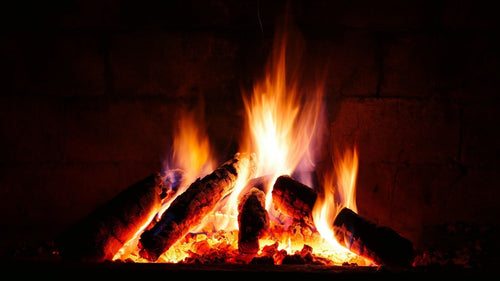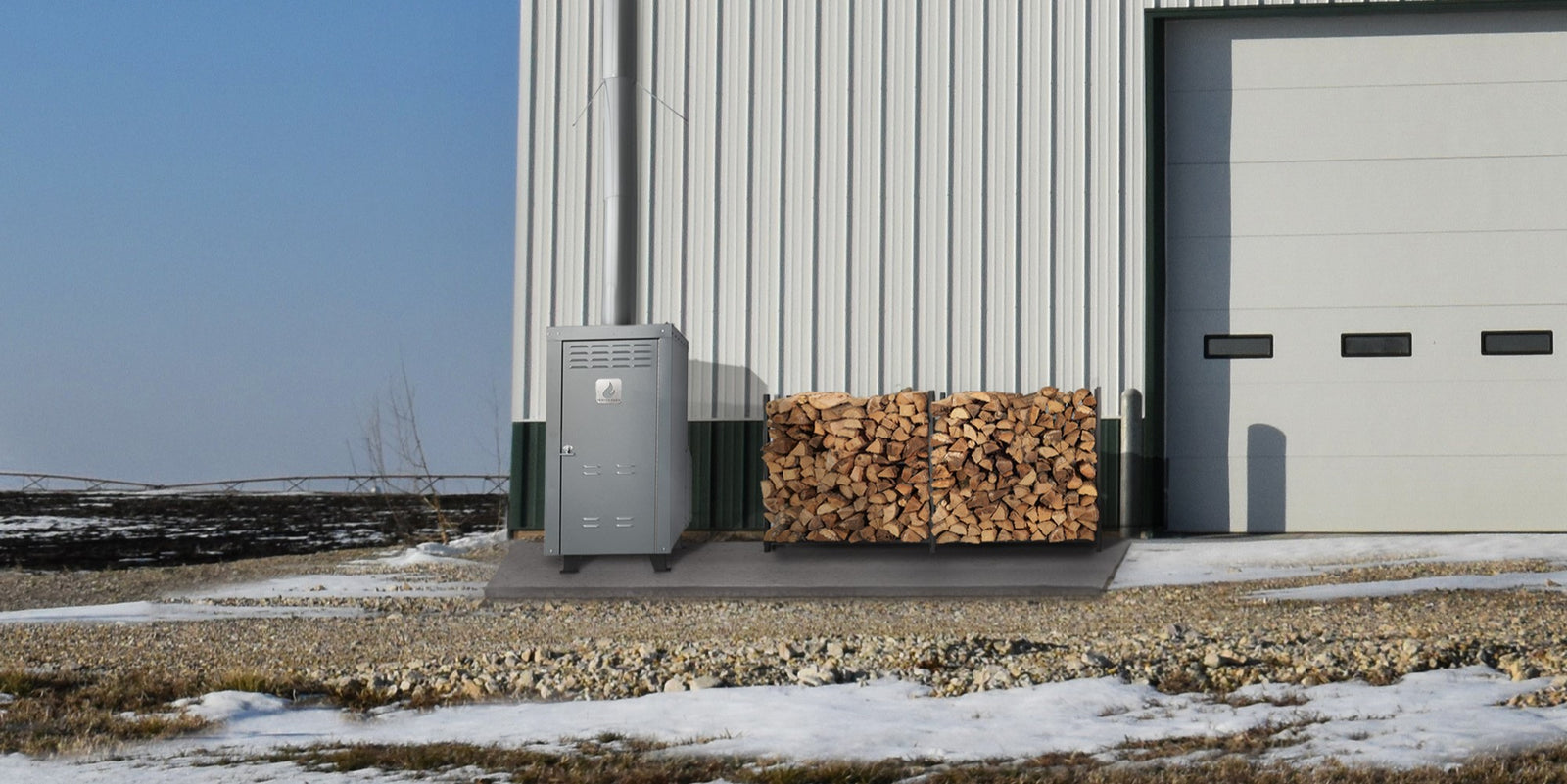Smoking Fireplace Problems | Troubleshoot a Smokey Fireplace
July 19, 2023

Fireplaces that let smoke into a room are one of the most common complaints. Occasionally these problems can be solved with operational changes; however, there are a number of design characteristics in the chimney, fireplace and house that can be at fault. Before spending money on a “Guaranteed Solution”, do some simple investigating and testing for results.
Try these quick checks, but don't attempt more than one solution at a time!
- Warm air (smoke) will rise, and is lighter than cold air, so why isn't the smoke going out the chimney? One of the simplest checks is to just feel if cold air is coming down through the flue. If it is, the flue may need to be warmed up before starting a fire. Try lighting several crumpled newspapers and holding them up inside the firebox area. If the smoke begins to rise after the flue has been warmed, then you may need to do this procedure, or try using a hair dryer, to warm the flue before starting a fire.
- If you don't feel cold air coming through the flue, check to see if the damper is in the open position. If it isn't, the smoke has nowhere to go but back into the room. An obstruction in the flue will produce the same result, but may be a little more difficult to find. Using a flashlight and looking into the flue may be helpful, unless you have an offset in the flue which prevents you from seeing all the way up.
- If you are only having occasional problems, you may not have enough supply air for the fireplace. Fireplaces consume between 100-500 cubic feet per minute of room air. If you're running the furnace, exhaust fans, clothes dryer or any appliance consuming air, they may be competing with one another for air, especially if you have an “air tight” home with new windows or insulation. A quick check would be to turn off your other appliances, or open a door or window near the fireplace, and see if that resolves the problem. A more permanent fix may be the installation of a direct air supply from the outside. Many well-sealed homes require this additional combustion air for their fireplaces.
- Another air-related problem can happen if you have a second fireplace flue using the same chimney. The second flue is an excellent source for inlet air, and it could be drawing smoke in from the other flue. A good air-tight damper can solve that situation.
- Did you know that if your fireplace grate is too far forward in the firebox, it will send the smoke into the room rather than up the chimney? You can also try raising the legs with a brick, another simple check.
- Well-seasoned wood should be the only thing that you burn in your fireplace, no matter what species it is. Keep your seasoned firewood off the ground with a log rack and make sure the moisture content is within 15%-25%. Using a digital wood moisture meter is an inexpensive way to prevent smoking, and increase burning efficiency.
If none of these quick fixes are helping, you may need to look into something a little more expensive, but effective.
- Your fireplace opening could be too large for your chimney flue. The flue is usually 1/10 the size in square inches of the fireplace opening for a square or rectangle flue. If the fireplace opening is oversized, an easy installation of a smoke guard along the top or sides will reduce the opening and eliminate the smoke entering the house. An easy way to check for this is to take a non-combustible piece of material, and slide it down to cover the top of the fireplace opening. When the smoke stops, that is how large the smoke guard needs to be.
- Fireplaces with short chimneys (15 feet or less) sometimes do not create as much draft as taller chimneys. Installing a flue extender will increase the draft slightly, and sometimes that's all you need. Flue extenders can also be used when required minimum chimney height is not reached (chimneys must extend 3 feet above the roof, and 2 feet higher than any structure within 10 feet).
- Wind can induce downdrafts, and any obstacle that changes airflow over and around the top of a chimney can effect its performance. This includes adjacent structures, buildings, valleys or trees, which are common obstacles to airflow. If it seems that nearby obstacles may be having an affect on the chimney draft, increasing the chimney height should prevent these downdrafts. There are also a number of wind related chimney caps for correcting induced downdraft problems. Most are actually designed to draw the smoke from the chimney regardless of the wind direction.
- Negative pressure, sometimes referred to as stack effect, will give you a smoking fireplace and hard starting. This is particularly true for basement applications or first floor locations in a two story home. The tendency for warmer air to rise within a home creates lower pressure in the lower areas of the home. Stack effect often works against chimney draft, causing poor performance or smoking appliances in lower levels of the home. The taller the house is, the greater the stack effect. The neutral point between the low and high pressure is the optimal place for the fireplace to be, but that is not always practical. An outside air supply for the fireplace may help, but usually it will not lower the neutral point enough to eliminate the smoke. Installing draft or exhaust fans can resolve the problem of a smoking fireplace or difficulty in starting the fire, even though they do not correct the negative pressure.
DIY Center
(AKA ‘The Rockford Files’)
From video tutorials to product walkthroughs, we have a variety of DIY resources just for you! Click the button below to view our entire library.








